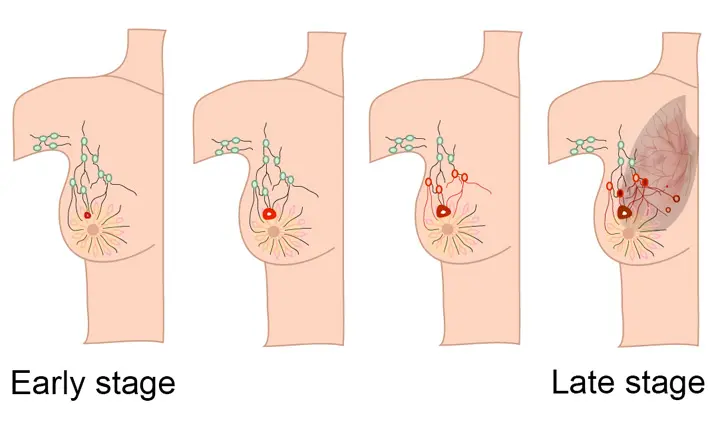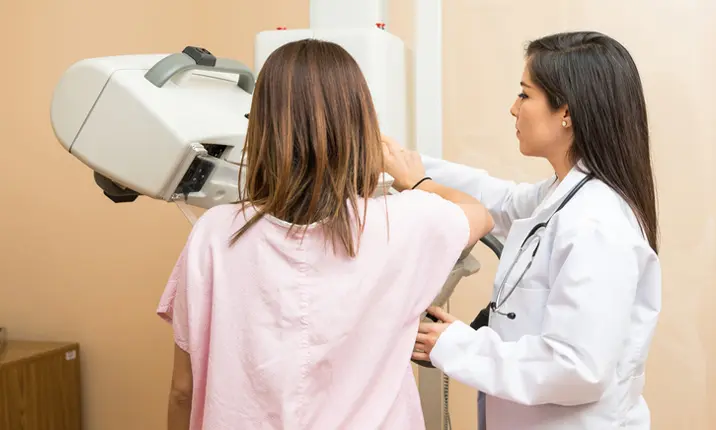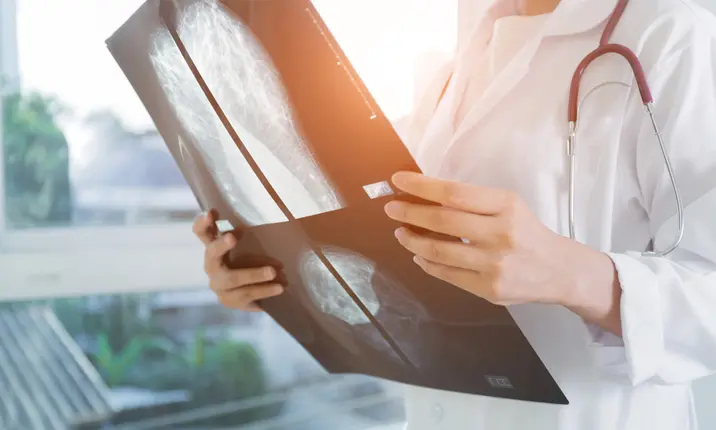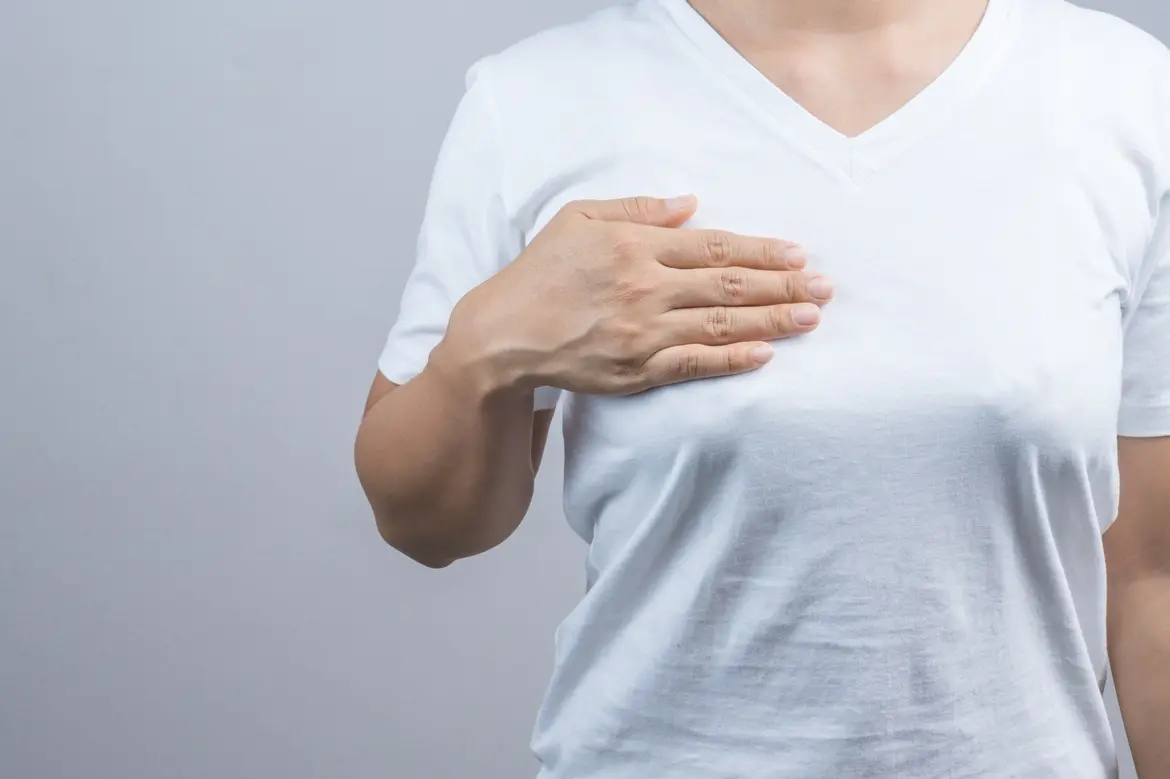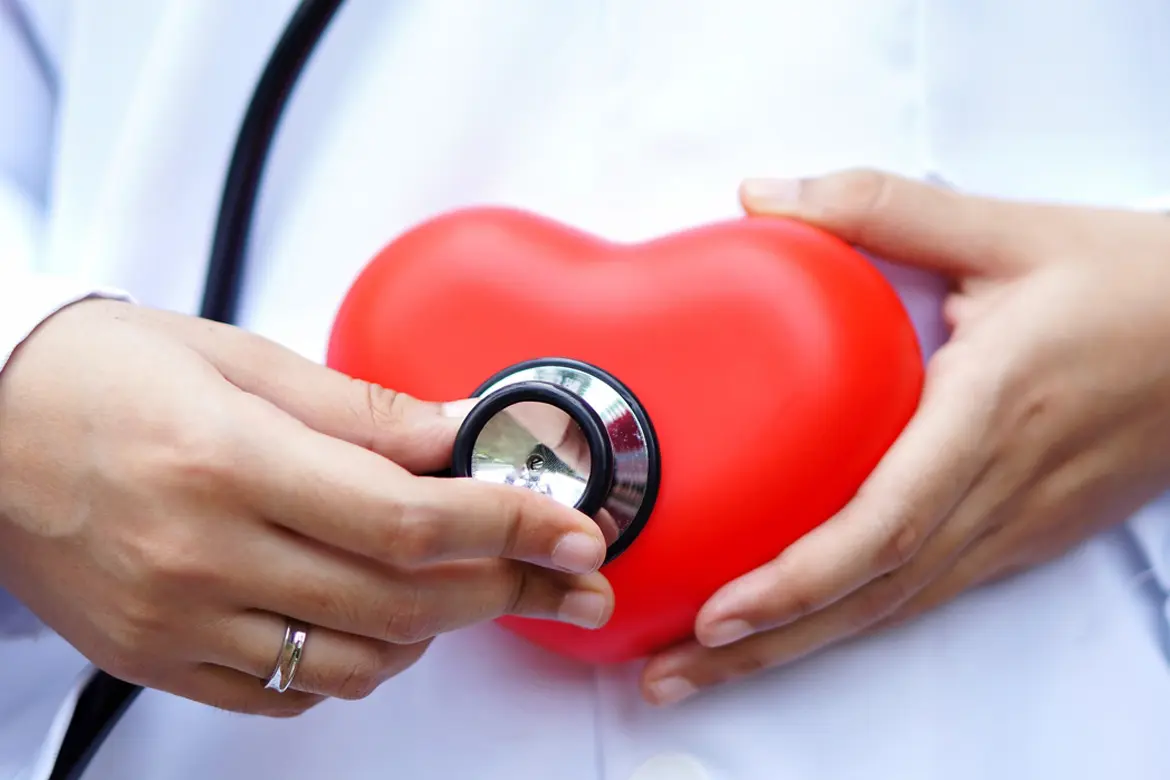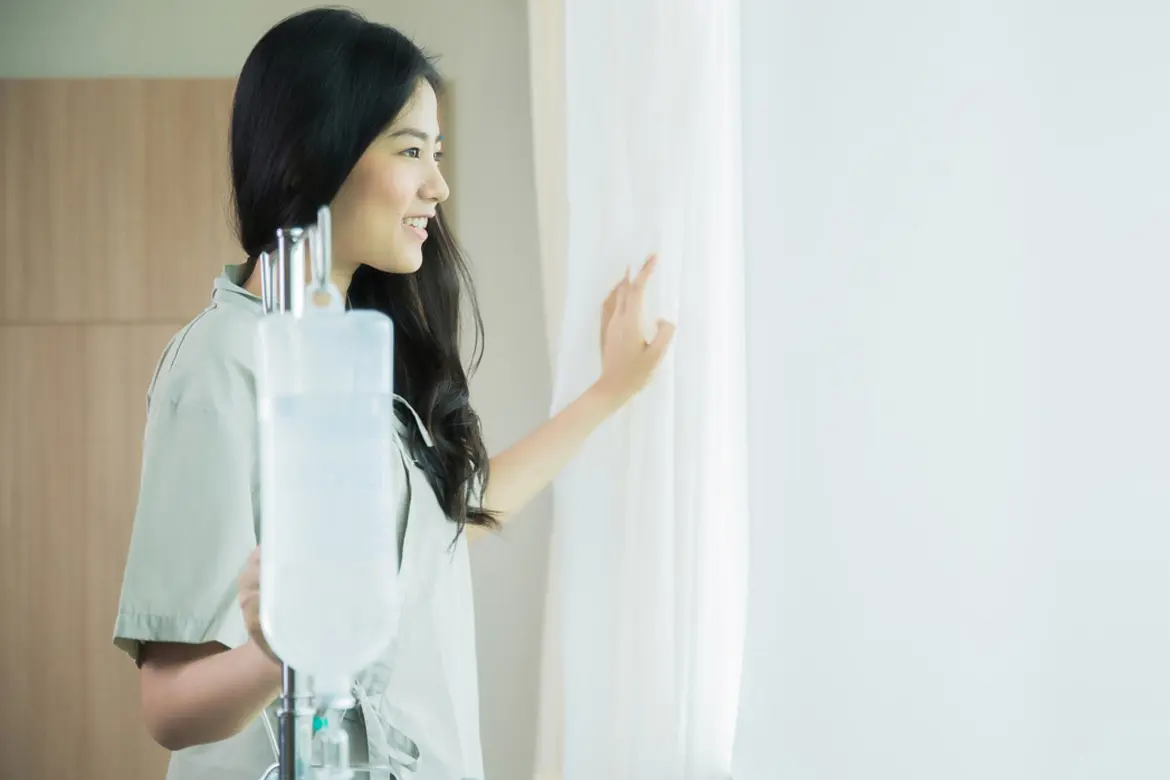Around the world, breast cancer is the most common cancer among women, and the disease is on the rise. In Singapore, the incidence of breast cancer has almost tripled over the last 4 decades. According to the Singapore Cancer Registry, more than 9,000 women were diagnosed with breast cancer between 2011 and 2015. Today in Singapore, 1 out of every 13 – 16 woman will develop breast cancer in their lifetime.
If you're a woman above 50 years old, it is recommended to make an appointment with a doctor for a mammogram once every 2 years.
Early detection is key
The good news is that early detection and treatment of breast cancer can significantly improve outcomes. When cancer is diagnosed early, more treatment options are available and there is a better chance of survival. More than 90% of women diagnosed with breast cancer at the earliest stage remain well and disease-free after 5 years or more, compared to around 15% for women diagnosed at the most advanced stage.
Screen regularly even if you feel well
Currently, the most reliable screening tool for breast cancer is the mammogram. Mammography can detect tiny lumps or traces of early cancer in the breasts before you or your doctor can feel them by hand. That is also why the Singapore Health Promotion Board (HPB) recommends that women above the age of 50 go for mammograms regularly, even if they feel well. You can use your health insurance, such as an Integrated Shield Plan, to cover the costs for your mammogram.
How mammography is done
Mammography is essentially an x-ray examination of the breast. Using low-energy x-rays, the machine captures an image of the breast with any underlying abnormalities within.
The 2 main types of mammography are film-screen mammography and digital mammography, (also known as full-field digital mammography). The main difference between them is how the image of the breast is captured – on photographic film or digitally on a computer.
For both types of mammography, the examination procedure is the same. First, a skilled technologist positions and gently compresses the breast between 2 clear plates. Next, a specialised x-ray equipment takes 2 pictures of each breast from 2 angles. Compression of the breast is necessary to reduce the thickness of the breast, which improves the picture quality by reducing overlapping shadows.
Is a mammogram painful?
Different women may experience varying levels of discomfort, and those with firm and dense fibrocystic breasts are more likely to experience some mild pain.
Most women feel some discomfort during the X-ray process from the pressure against the breast from the testing equipment. This usually only lasts for a few minutes.
Other women may experience severe pain during the exam. Some of the factors that affect the level of pain or discomfort felt are:
- Breast size
- Phase of menstrual cycle
- Positioning of machine for the mammogram
Best time to go for a mammogram
Keep track of your menstrual cycle to know when is the best time to go for a mammogram. The week after your period ends is the ideal time to schedule the procedure. During and immediately before a period, breast tenderness can increase due to hormonal swings and make the examination more uncomfortable.
How can you reduce the discomfort?
Women can schedule their mammograms a week after their menstrual period. This avoids the period of increased breast sensitivity and tenderness that tend to occur just before and during a menstrual period.
You can take a non-steroidal anti-inflammatory drug (NSAID), such as ibuprofen, about 45 – 60 minutes before the procedure.
You can also ask the hospital if cushioning will be provided during your procedure. Cushioning between the breasts and plates can help to reduce discomfort to a significant extent.
Who should go for a mammogram?
Early breast cancer does not usually have any symptoms. The HPB recommends mammography screening once every 2 years for women aged 50 and above. Women aged between 40 and 49 should seek a doctor's advice on the benefits and limitations of mammography. If a screening is performed, the HPB advises it to be done annually.
If you experience symptoms or changes in your breast, you should consult a doctor to find out if you need to go for a mammogram.
Symptoms to look out for include:
- A lump or mass in the breast
- Swelling of all or part of a breast (even if no distinct lump is felt)
- Skin irritation or dimpling (sometimes resembling an orange peel)
- Breast or nipple pain
- Nipple retraction (turning or being pulled inwards)
- Redness, scaliness, or thickening of the nipple or breast skin
- Nipple discharge (other than breast milk)
Screening is also recommended for women who are at higher risk for breast cancer, such as those with a family history of the disease. Consult a physician who can help you assess your risk.
Benefits of mammography
Mammograms have minimal side effects. The discomfort experienced during the procedure differs from person to person, and also depends on factors such as the timing of the examination in relation to your menstrual cycle, and the skill of the technologist. The compression of the breast should not cause bruising, and most women do not feel lingering pain afterwards.
If you are concerned about the safety of x-ray exposure, rest assured that modern mammography machines use low doses of radiation. The American Cancer Society estimates that a screening mammogram gives the same amount of radiation a woman would be exposed to in her natural surroundings over a period of about 7 weeks.
Local health authorities say that the benefits of mammography outweigh radiation risks. Importantly, the mammogram enables your doctor to detect early-stage breast cancer before you feel any symptoms. It allows your doctor to spot changes in the breast, such as small white spots (calcifications), lumps or tumours (masses), and other suspicious areas (densities) that could signal cancer. The mammogram can also help your doctor decide if more testing is needed.
In Singapore, doctors are concerned that there are still breast cancer cases that are detected only at advanced stages. More women need to be aware of the benefits of regular screening. When breast cancer is discovered early, the treatment is less radical and costly. Moreover, the chances of a full recovery with a complete return to a normal lifestyle are higher.
Early detection can make a big difference in your treatment options and recovery rates. Find out more about breast cancer screening today.


